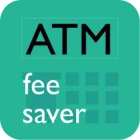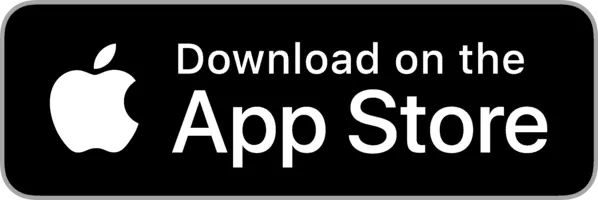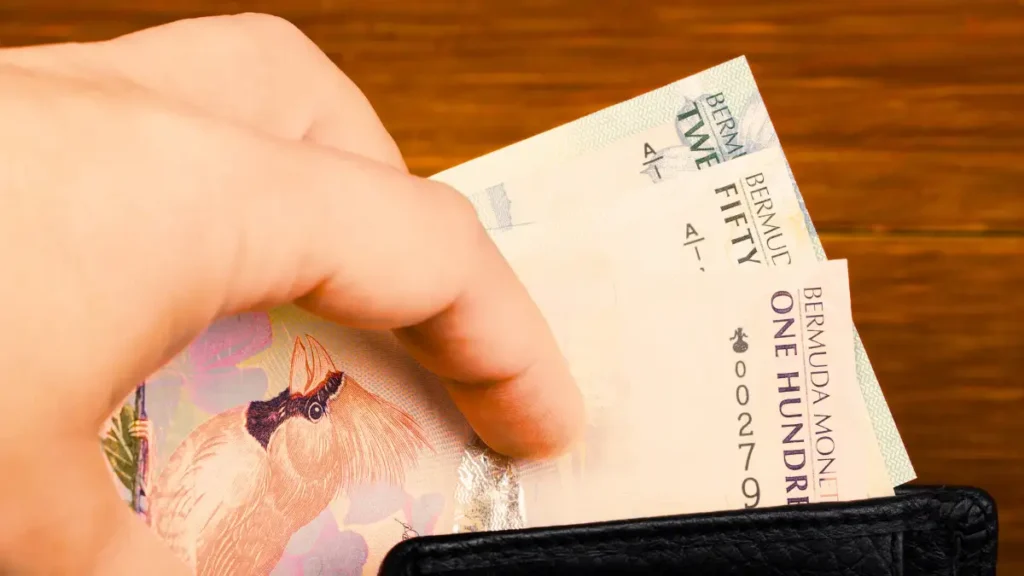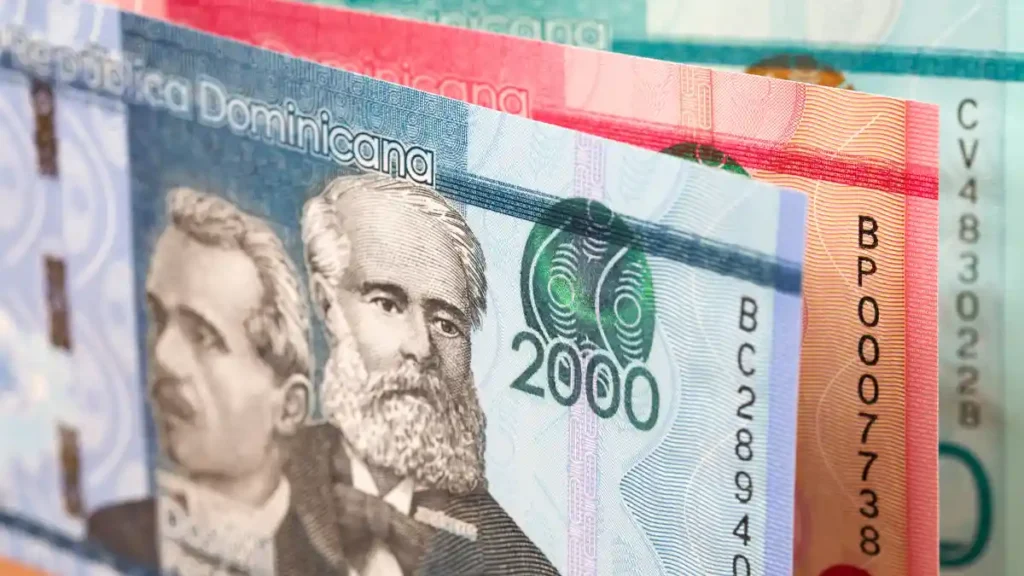Australia’s big cities, wild outback, and coastal escapes are unforgettable-but so is the cost if you’re unprepared. Currency in Australia is the Australian Dollar (AUD), and the country leans heavily on card payments, even for small transactions. Still, smart travellers know that having some local cash on hand is helpful in certain scenarios. This guide breaks down how to manage money in Australia: which currency to bring, how to exchange or withdraw AUD, local payment habits, and dos and don’ts to save on hidden fees during your trip.
How to pay in Australia – cash or card?
Card is widely accepted. Tourists tend to use cards extensively, with an estimated 70-80% of transactions being cashless due to widespread acceptance of cards. Contactless payments are particularly popular.
You can use cash for:
- Street food (food trucks, night markets)
- Small purchases
- Local expenses at markets and local shops (farmers’ markets)
- Tips and gratuities (not common, but occasionally left in cash)
- Laundry services (coin laundromats)
You can use card for:
- Budget hotels
- Hostels
- 4 and 5 star hotels
- Local and large tour operators
- Shopping at malls and outlets
- Entry fees to museums, historical sites, attractions
- Local buses (tap-on/tap-off via Opal, Myki, Go cards, or contactless)
- Local taxis / app-based taxis (Uber, Ola, DiDi)
- Local trains (tap card systems or credit card)
- Airport transport (SkyBus, trains, taxis)
- Sit-down restaurants
- Upscale restaurants
- Online bookings for upscale hotels, flights, tours
- Spas
- Tailoring services
- Vehicle renting
- Mobile SIM and phone top-up
- Nightlife / bars
- Emergency medical clinics / pharmacies
Australia is highly cashless-card and contactless payments are widely accepted, even in taxis and vending machines.
What’s the best currency to take to Australia?
Australia mainly local currency (Australian Dollar). Some tourist areas may accept USD or Euros. Their note denominations are $5, $10, $20, $50, and $100.
US Dollar: Some resorts, hotels and local shops that quote prices in US Dollar. But if you pay in US Dollar and not in Australian Dollar, exchange rate in these payments will be poor. So pay in AUD unless you like losing a lot of money!
So, Australian Dollar is the best currency to take to Australia.
Where to get the local currency in Australia?
In Australia, you can get the local currency in 3 ways. These are:
ATMs, or
Currency exchange, or
Money transfer and local pick-up
Types of cards to swipe in Australia
Visa and Mastercard transactions are commonly accepted for swiping. You might also find some places that accept Amex and other cards, albeit less frequently.
Types of cards at ATMs in Australia
When withdrawing money in Australia, majority of the ATMs will accept Visa, Mastercard, Cirrus, Plus, Maestro, and JCB cards. Some of them accept Amex and Unionpay cards. Others such as Diners, Discover, Rupay are not usually accepted by many ATMs.
Should I exchange money before travelling to Australia?
It’s helpful to carry a small amount of Australian Dollars (AUD) before arriving in Australia for immediate needs like transport, tips, or snacks. However, exchange rates outside Australia can be less favorable, and foreign banks may charge commission or have limited AUD availability.
A more practical and cost-effective approach is to withdraw AUD from ATMs after landing. ATMs are readily available in Australian airports, cities, and towns. Most accept Visa, Mastercard, Cirrus, Plus, and Maestro cards. Be sure to check with your bank about foreign transaction fees and notify them of your travel plans.
If you wish to exchange cash, it’s better to do so at Australian banks or licensed currency exchange offices in the city rather than at the airport, where rates and fees tend to be worse. Services like Travelex are common but may charge high margins unless pre-booked online.
Credit and debit cards are widely accepted across Australia, including contactless payments. However, having some cash is useful for markets, small vendors, or in rural areas. Carrying a mix of cash and cards ensures flexibility.
Where to withdraw money in Australia
The best ATMs for foreigners to use in Australia are those owned by popular banks such as:
- Commonwealth Bank
- ANZ Bank
- Westpac
- National Australia Bank (NAB)
There are other banks with ATMs that also accept international debit and credit cards. Some international banks also have their ATMs in Australia, namely HSBC
Global ATM alliance: Global ATM Alliance is a partnership among many banks in the world to allow its customers to withdraw cash from all partner banks abroad without any ATM fee. Many banks in the US, UK, Europe, Australia, and Latin America are part of the Global ATM Alliance, including Bank of America, Barclays, Deutsche Bank, and others. As on date of writing this article, Westpac is part of this alliance.
For a detailed guide, read Cash and ATMs in Australia.
Discover fee-free and low-fee ATMs on the ATM Fee Saver mobile app for iOS and Android. This app provides ATM PINs and details of leading bank ATMs such as ATM fees and withdrawal limits for foreign cardholders at ATMs in Australia. Moreover, its simple fee calculator helps you determine exact withdrawal charges. You can also find cash tips and tricks on the app for 160+ countries including Australia.
Download now from the App Store or Play Store.
Where to exchange currency in Australia
In Australia, you can exchange currency at authorised currency exchanges, banks, airports, and hotels, the most popular being authorised currency exchanges.
Australia has many reputable currency exchange chains offering competitive rates, especially in major cities and tourist hubs.
- Notable currency exchanges are:
Travelex Australia
Travel Money Oz
WeXchange
United Currency Exchange
No1 Currency
Best areas to exchange in:
Sydney: George Street, Pitt Street, and Sydney Airport
Melbourne: Swanston Street, Elizabeth Street, and Queen Victoria Market
Brisbane: Queen Street Mall
Gold Coast: Surfers Paradise
Avoid exchanging at airports or hotels unless necessary, as they typically offer poorer rates.
- Banks Offering Currency Exchange:
Commonwealth Bank
Westpac
ANZ
NAB (National Australia Bank)
Bank rates are generally less favorable and sometimes limited to account holders. Many bank branches no longer offer over-the-counter foreign exchange services-check availability in advance.
💡 Tip: AUD is widely accessible at exchange bureaus in cities and malls. Compare multiple outlets to find the best deal and avoid hidden fees.
Pro-tips:
Stay away from airport exchanges – Poor rates
Avoid the black market – Be wary of being conned.
Include fresh notes – If your notes are damaged or dirty, you can expect to pay more or less.
Is carrying money in Australia safe?
Incidents like mugging, threats, or robberies are uncommon in Australia, making it generally safe to carry cash while traveling. However, it’s wise to adhere to these precautions:
Some safety tips for carrying cash while travelling in Australia are:
- Carry only the cash you need.
- Do not keep all the cash in one pocket or wallet.
- Put some cash in a safety belt or fanny pack.
- Do not flash your cash.
- When paying, do not remove or display your entire cash.
- Keep wallets preferably in front pockets.
- Cross-wear your purses if possible.
- Hold your purses, wallets and bags close and tight on crowded streets and in public trains and buses.
- When withdrawing cash, keep the cash low while you count it so people around don’t see it.
- If you’re dining alone, don’t leave your wallet / bag unattented while you go to the restroom.
- If sitting outdoors in a restaurant, don’t leave your wallets / bags on the table.
Is it better to use debit or credit cards or pay by cash in Australia
Use a card if it is fee-free i.e. your bank does not charge any fees to swipe the card, when the merchant / POS also does not impose any extra charge to use a card, you need to use the insurance of the card, don’t want to block cash of large purchases and card’s swipe fees are lower than withdrawal fees.
Pay by cash by withdrawing cash from ATM or exchanging currency where – fees on ATM withdrawals are lesser than fees on swiping cards, you don’t want to leave any digital footprint of your expenses, it is convenient and easier to conduct transactions.











